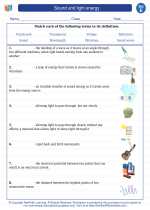Sound and light energy -> blood vessels
Blood Vessels
Blood vessels are the tubes that carry blood throughout the body. There are three main types of blood vessels: arteries, veins, and capillaries.
Arteries
Arteries are blood vessels that carry blood away from the heart. They have thick, elastic walls that help to withstand the high pressure of blood being pumped from the heart. The largest artery in the body is the aorta, which carries oxygenated blood from the heart to the rest of the body.
Veins
Veins are blood vessels that carry blood back to the heart. They have thinner walls than arteries and contain valves to prevent the backward flow of blood. The largest vein in the body is the vena cava, which carries deoxygenated blood from the body back to the heart.
Capillaries
Capillaries are tiny, thin-walled blood vessels that connect arteries and veins. They are the site of exchange of oxygen, nutrients, and waste products between the blood and the body's tissues. Capillaries are so small that red blood cells can only pass through them in single file.
Study Guide
- What are the three main types of blood vessels?
- Describe the structure and function of arteries.
- Explain the role of veins in the circulatory system.
- How do capillaries facilitate the exchange of substances in the body?
- Identify the largest artery and largest vein in the human body.
◂Science Worksheets and Study Guides Fifth Grade. Sound and light energy
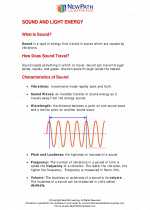
 Activity Lesson
Activity Lesson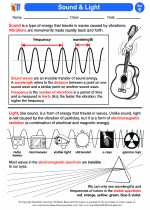
 Worksheet/Answer key
Worksheet/Answer key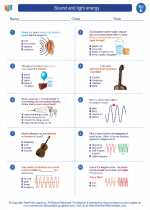
 Worksheet/Answer key
Worksheet/Answer key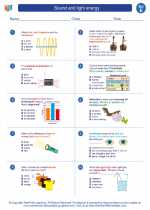
 Worksheet/Answer key
Worksheet/Answer key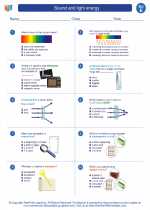
 Worksheet/Answer key
Worksheet/Answer key
 Vocabulary/Answer key
Vocabulary/Answer key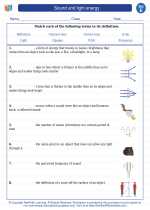
 Vocabulary/Answer key
Vocabulary/Answer key